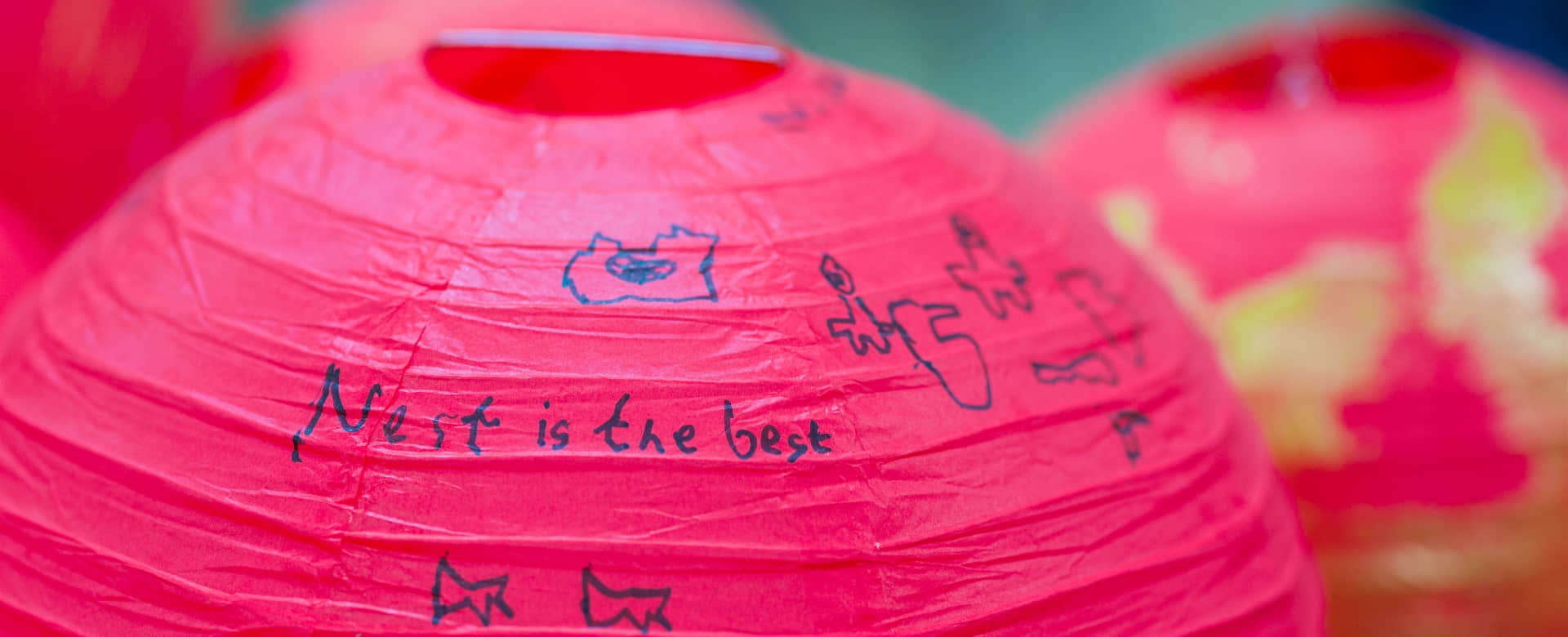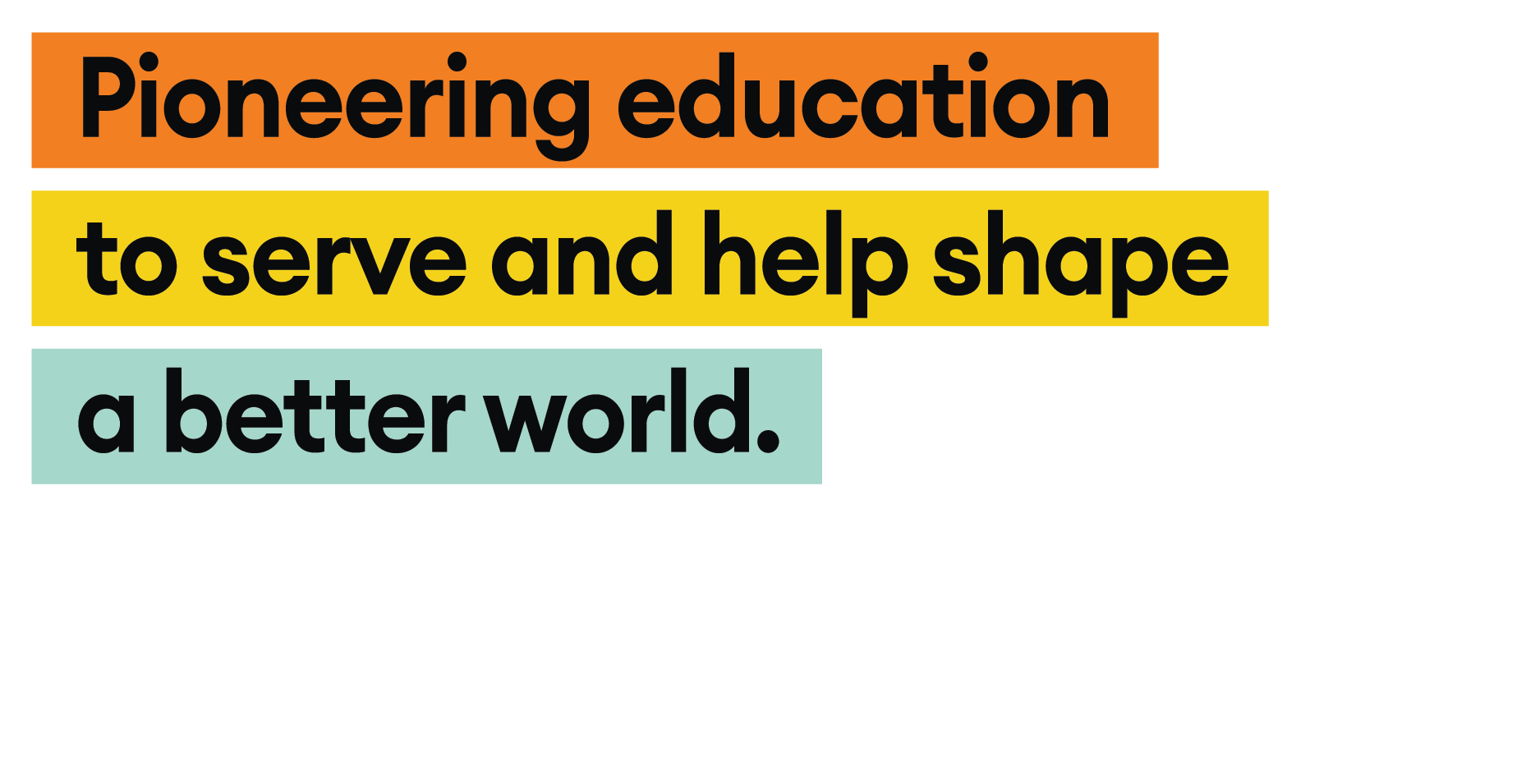Educational Insights | Mathematics in the Nest

Melody Yuan
Year 1 Teacher
Maths Curriculum Lead
Maths is an important part of learning for children in the early years because it provides vital life skills. Young children are naturally curious in their first 5 years, and research shows that the best time to introduce mathematics to young children is at this time while their brain is rapidly developing.

Mathematics in early childhood helps children develop critical thinking and reasoning skills early on and it’s the key to the foundation for success in their formal schooling years. Teaching maths through play in the Early Years Foundation Stage (EYFS) is very beneficial for children. You may be thinking, that maths and play are at two opposite ends of the spectrum: One is full of rules and equations, and the other is unruly and imaginative fun. However, for young children, maths and play actually have a lot in common. They both include exploring exciting new concepts and finding out interesting new things.
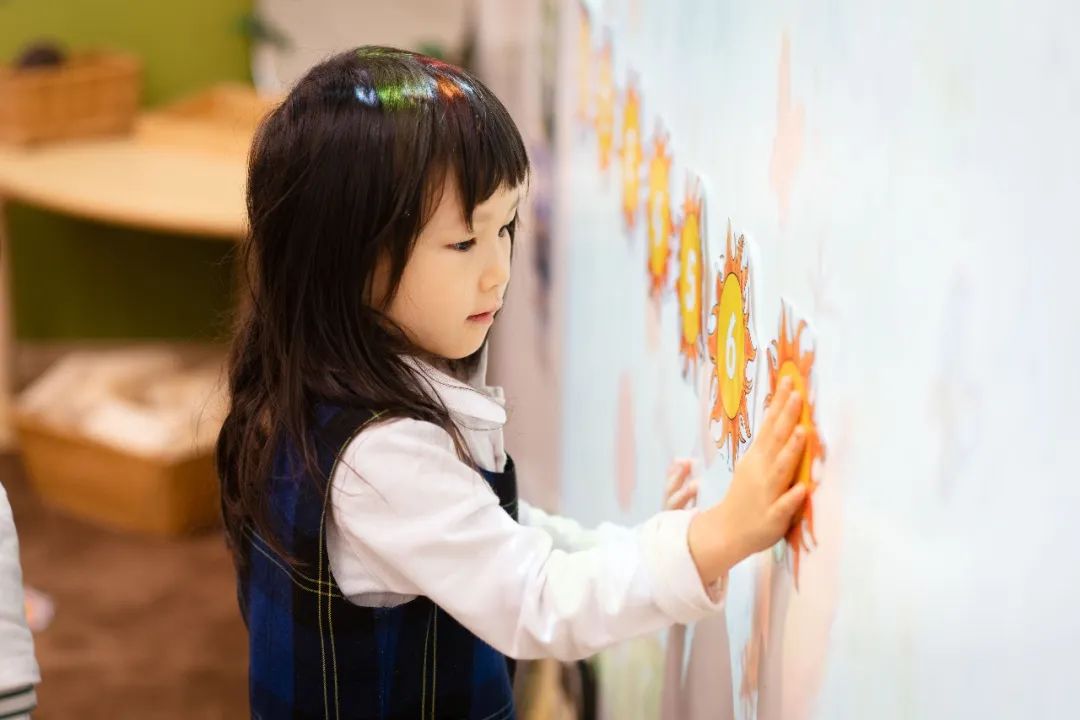
Play is the perfect vehicle to teach tricky mathematic concepts to young children, especially from pre-nursery to year 1. Not only does hands-on play help children pay attention for much longer periods, but it also helps children gain a more well-rounded understanding of maths concepts. When children explore concepts like numbers, shape and measure through play, these things become much more than marks in black and white on paper. They'll start to see maths intangible objects in the world all around them, and they can explore these concepts themselves every day. For example, how tall is the tree they like to climb up? What kind of shape is the football they love to kick around? How many minibeasts can they count around the garden? As play is both fun and physical, it helps young children to understand and remember learning intentions and abstract concepts in the early years.
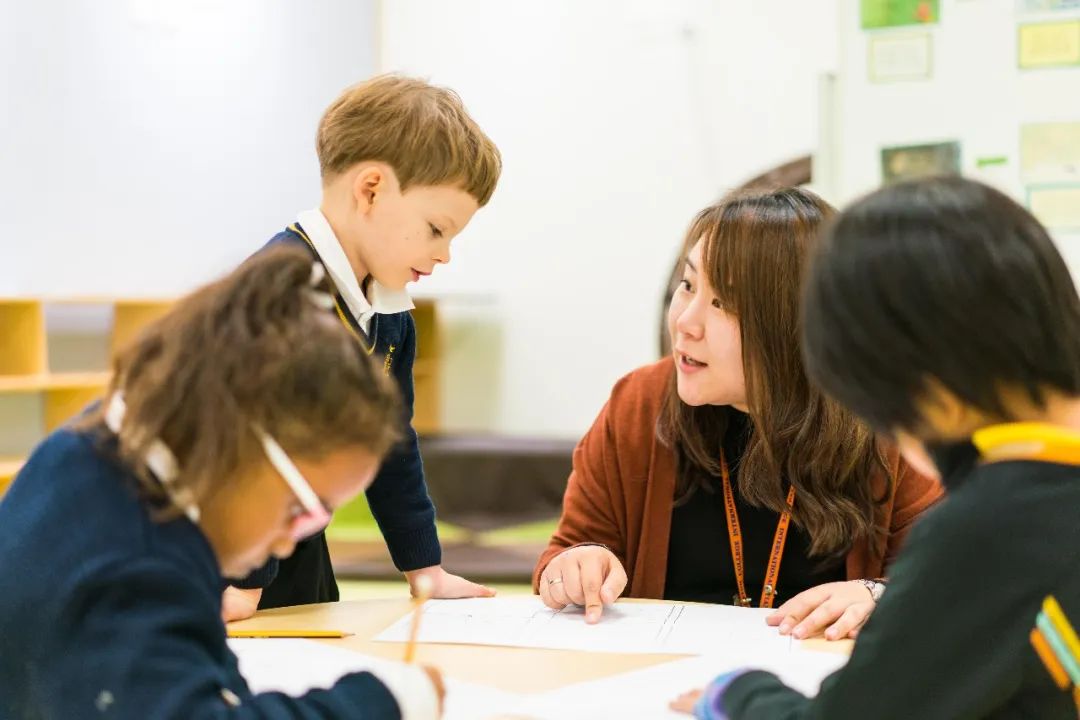
When we talk about Maths with people, most of us initially think about numbers, equations, measuring and shapes. However, maths is everywhere around us. There is wonderful mathematical learning happening in our setting all day and every day through the familiar resources and experiences routinely offered to our children. Therefore, for teachers, our aim is to provide a wealth of exciting, meaningful, play-based ways to promote mathematical learning and create a Maths rich environment that children use independently. For example: children ordered numbers from 0 to 12 through addition using dominos.
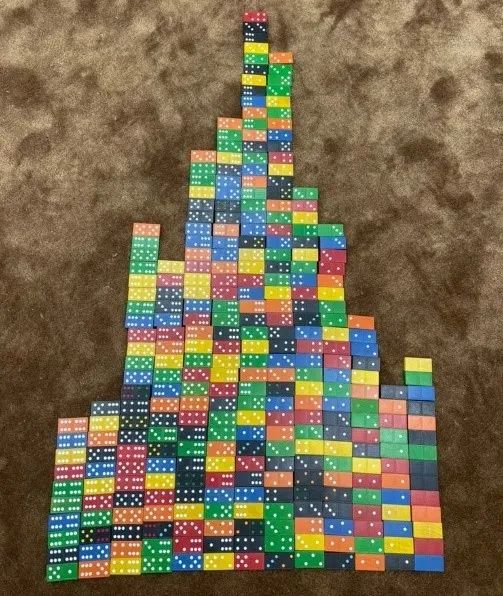
We can see lots of learning opportunities for Maths everywhere in our routines.
Morning Greeting
From discussions around the date, the timetable for the day, how many children are sitting on the mat, how many children are absent, what is the AQI number, counting the votes for a book choice creates endless opportunities.
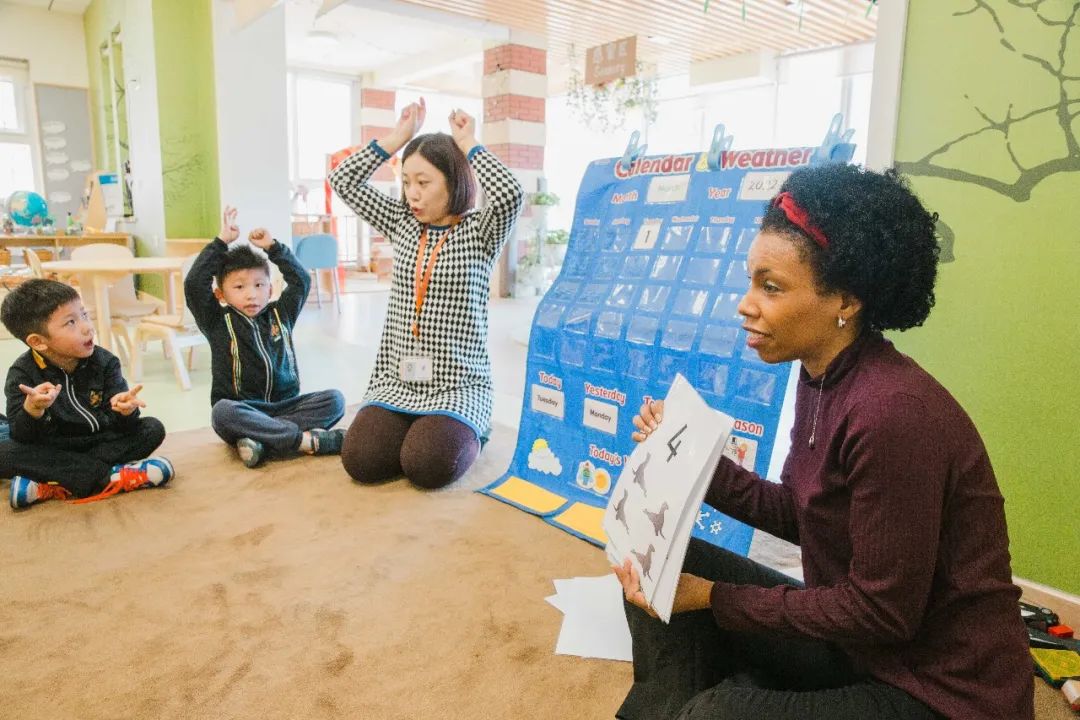
Snack and Lunch Time
We can easily have conversations about who is getting more food, how many kinds of vegetables we have, how can we share food equally, how full or empty our soup bowl is, voting for favourite foods…for example.
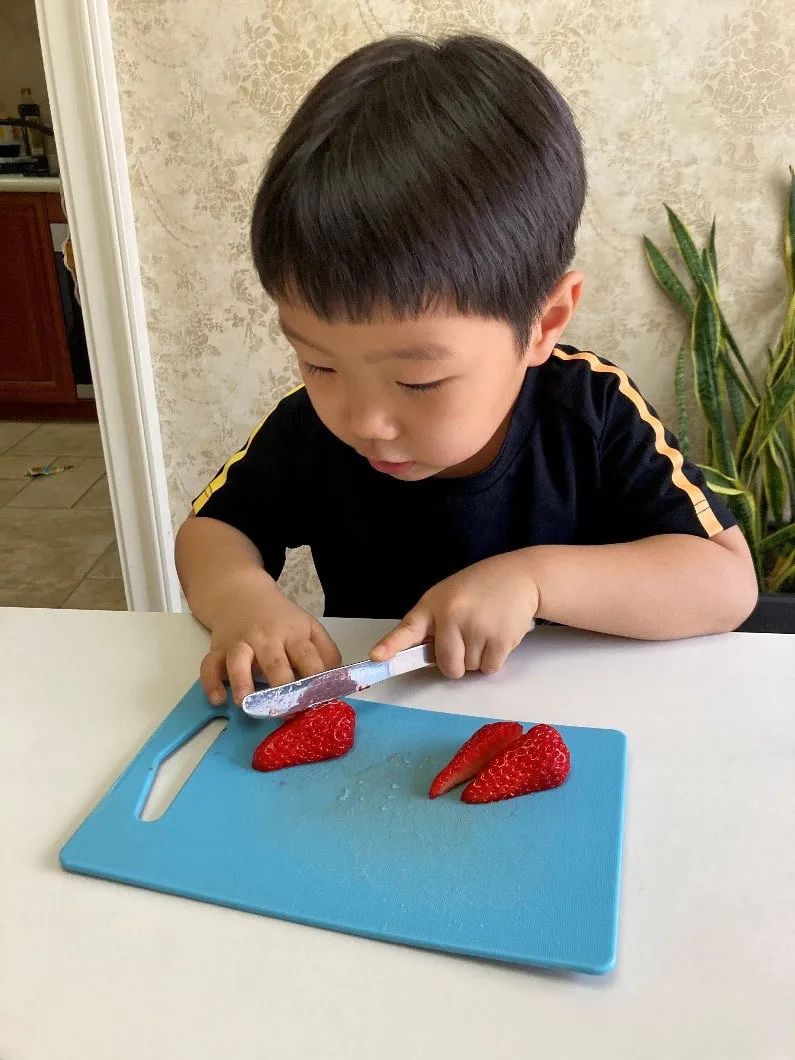
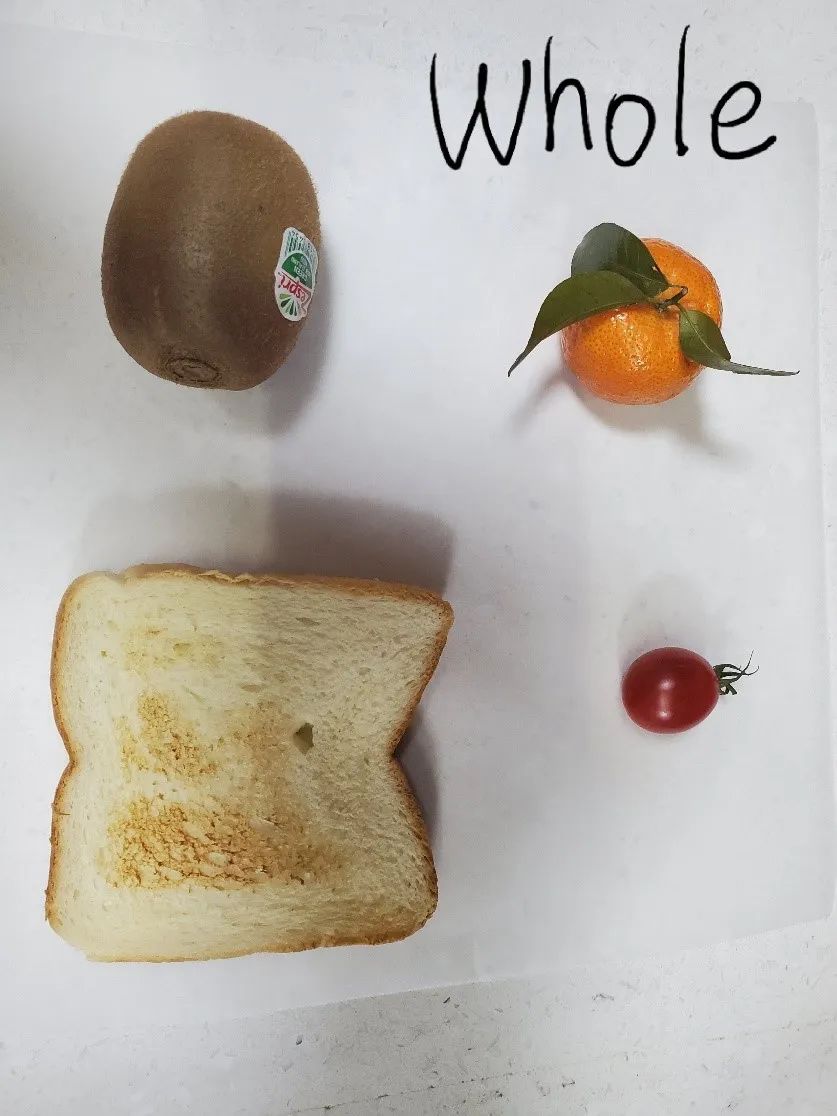
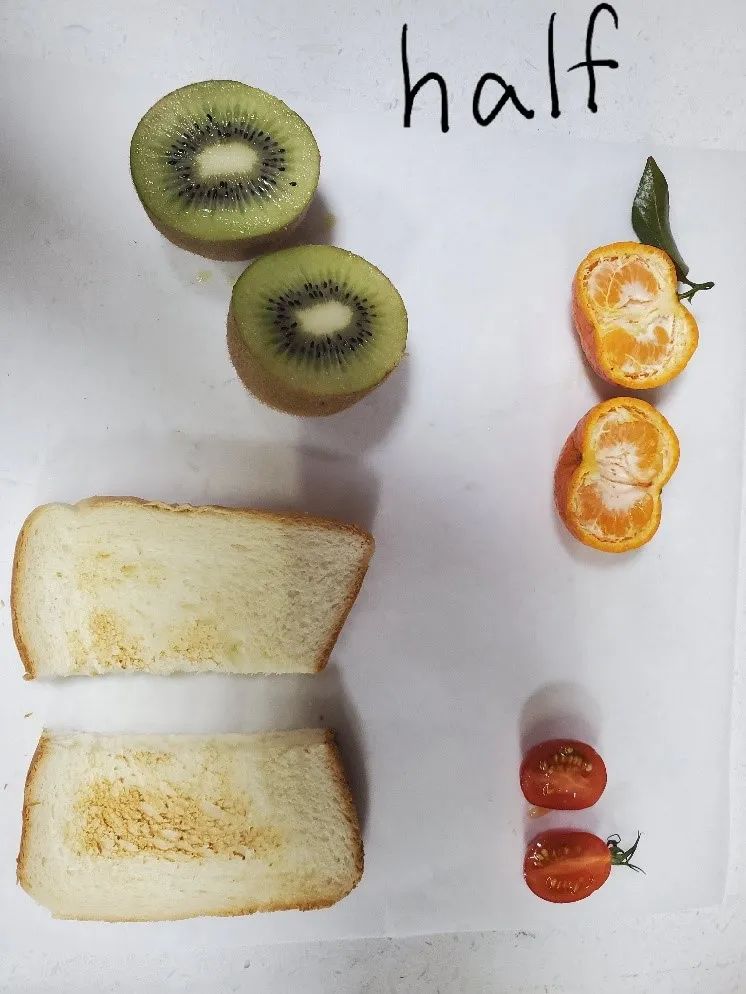
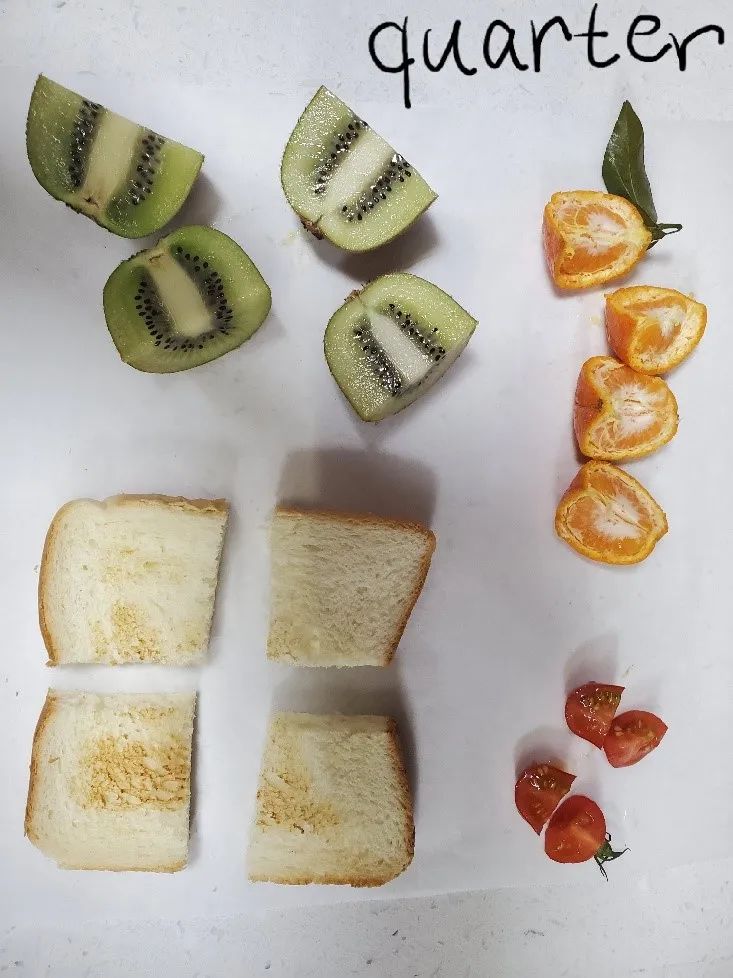
Continuous Provision
This is when children can truly embed their mathematical knowledge. At this time of the day, we can hear the children counting their animals in the role play area, discussing the size and shape of their model, creating complicated patterns, comparing who has the tallest tower and how can we share toys equally…endless opportunities. Once new skills are taught, continuous provision is how we see how well the children understand new concepts and if they can apply them independently and consistently.
Exploring various aspects of math
During Continuous Provision
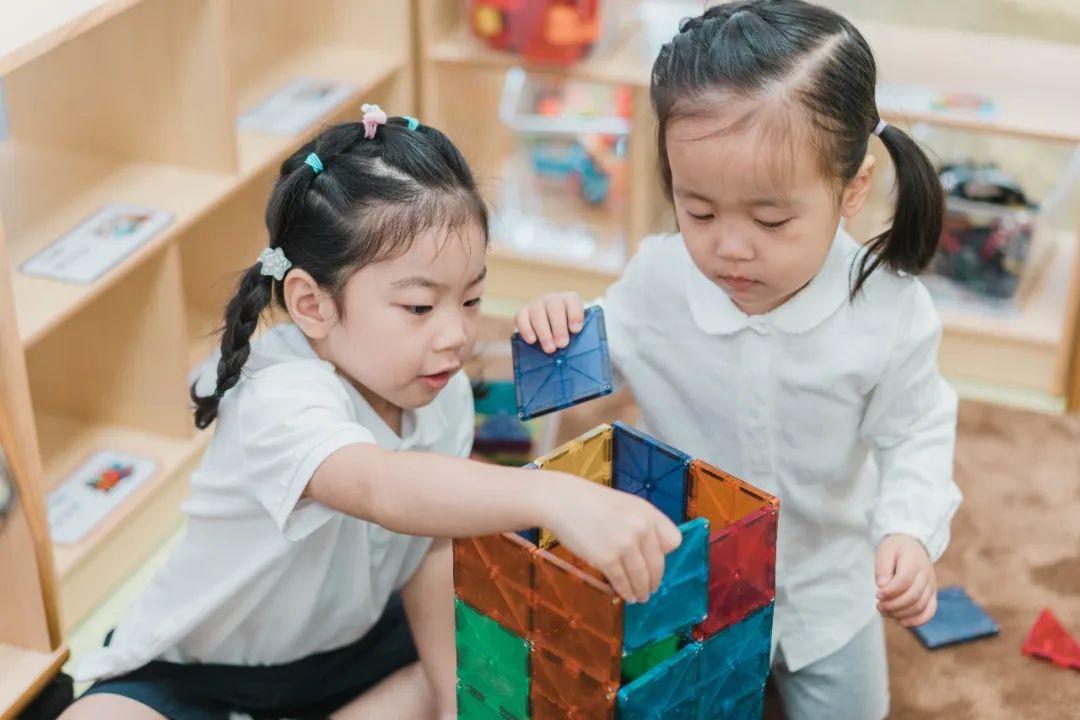
Measurement
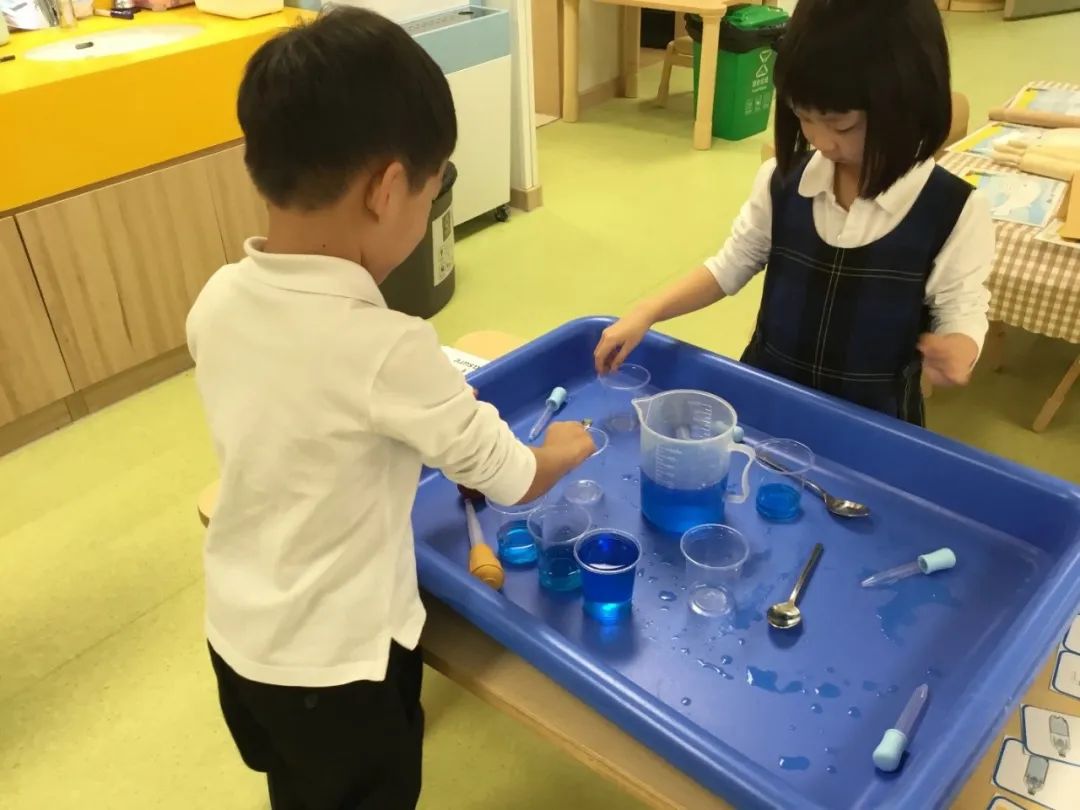
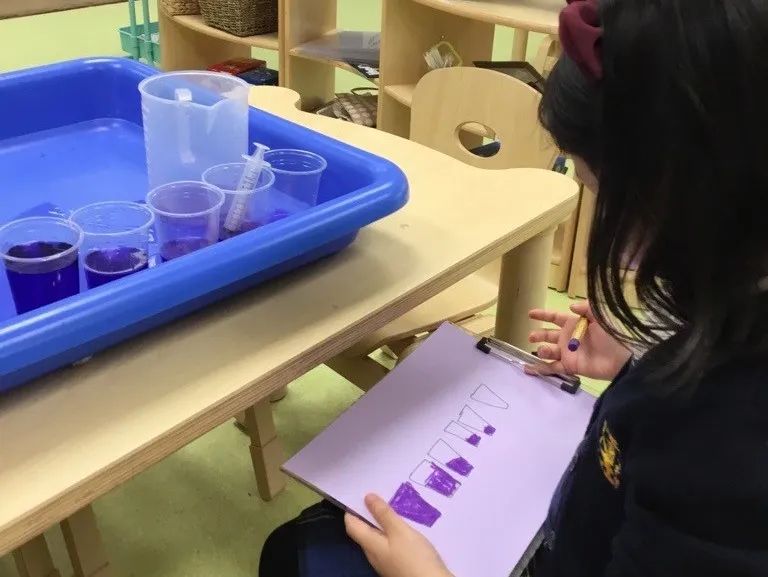
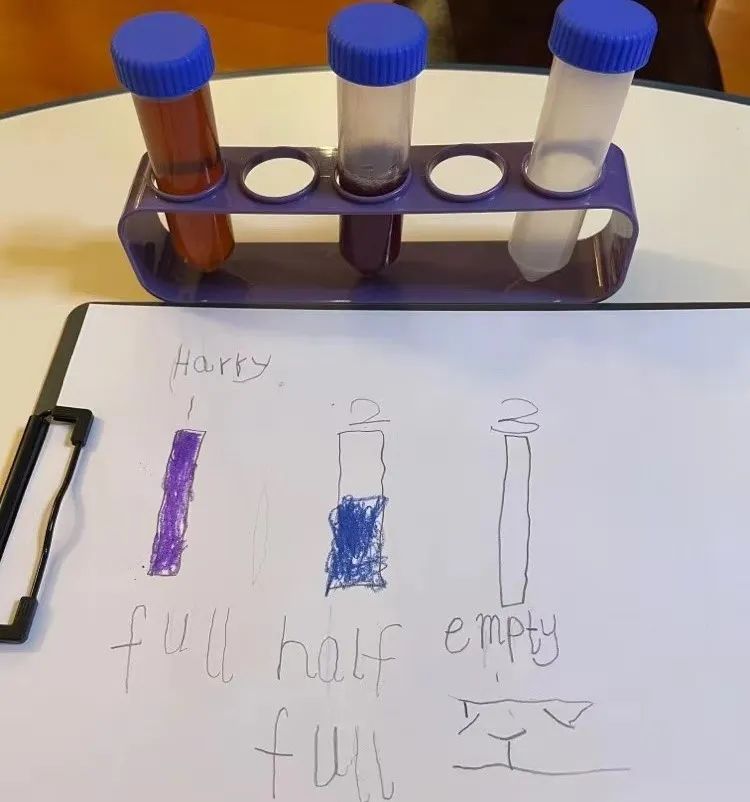
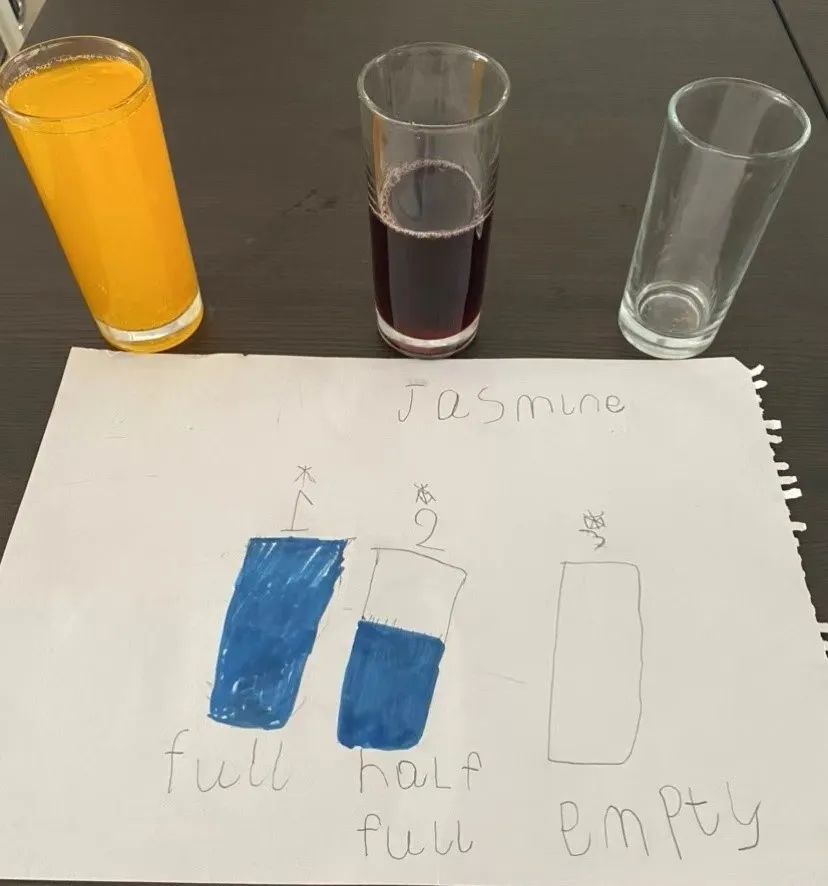
Capacity
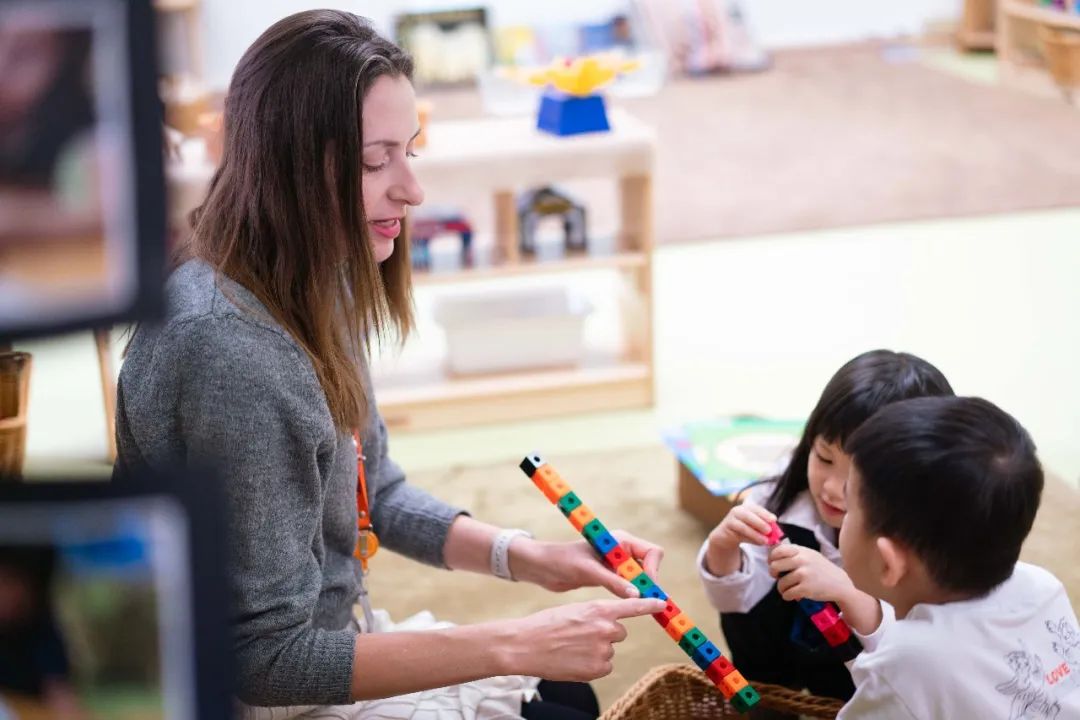
Colours and comparison-long, longer, one more/one less
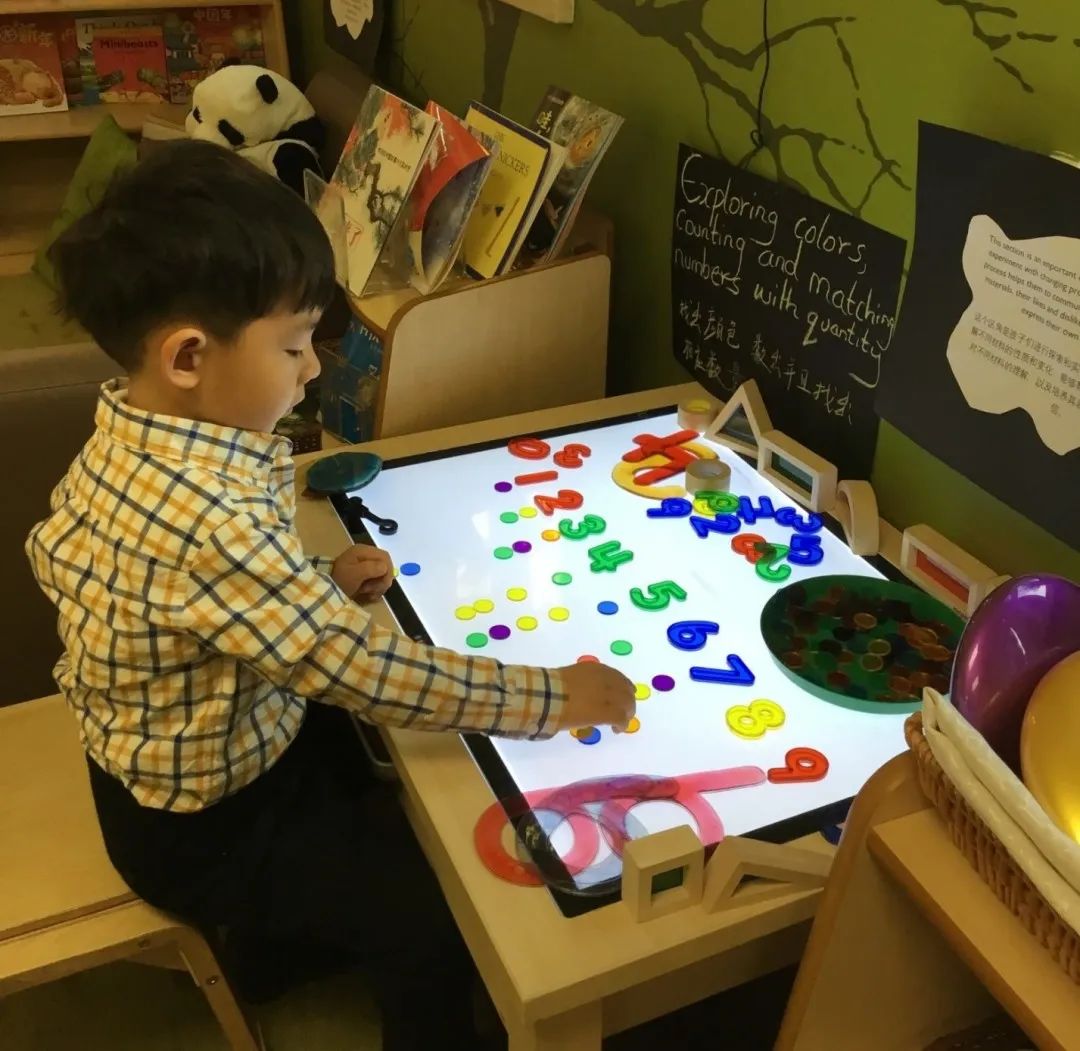
Colours, shapes, counting and matching numbers with quantity
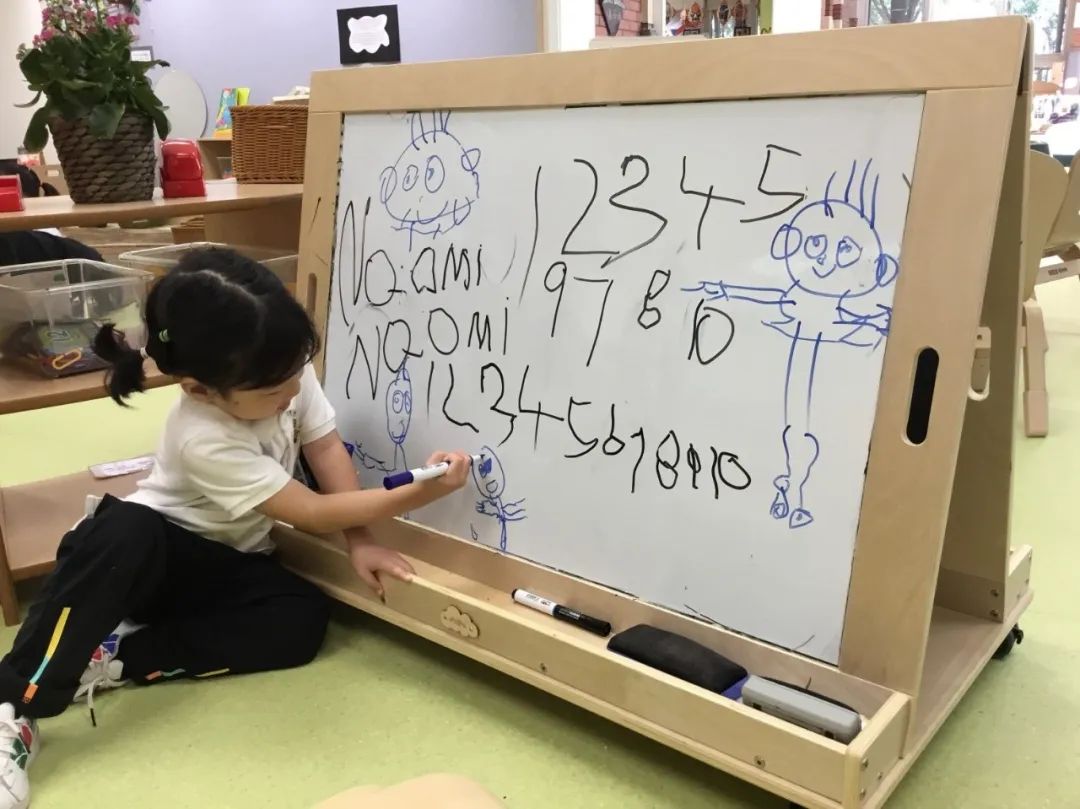
Naomi is drawing and counting people who live in her house.
She later started counting and writing down the number of their body parts too
Outdoor Learning
Outside we can experiment with capacity by using water and different colour buckets, weighting, exploring a bike’s speed and parking numbers bikes in numbered parking bays hopping on odd numbers and jumping on evens, measuring the length of an outdoor classroom, discussing the depth of a hole in the sandpit, calculating the score in a game and recording numbers and tallies as we play create endless opportunities.
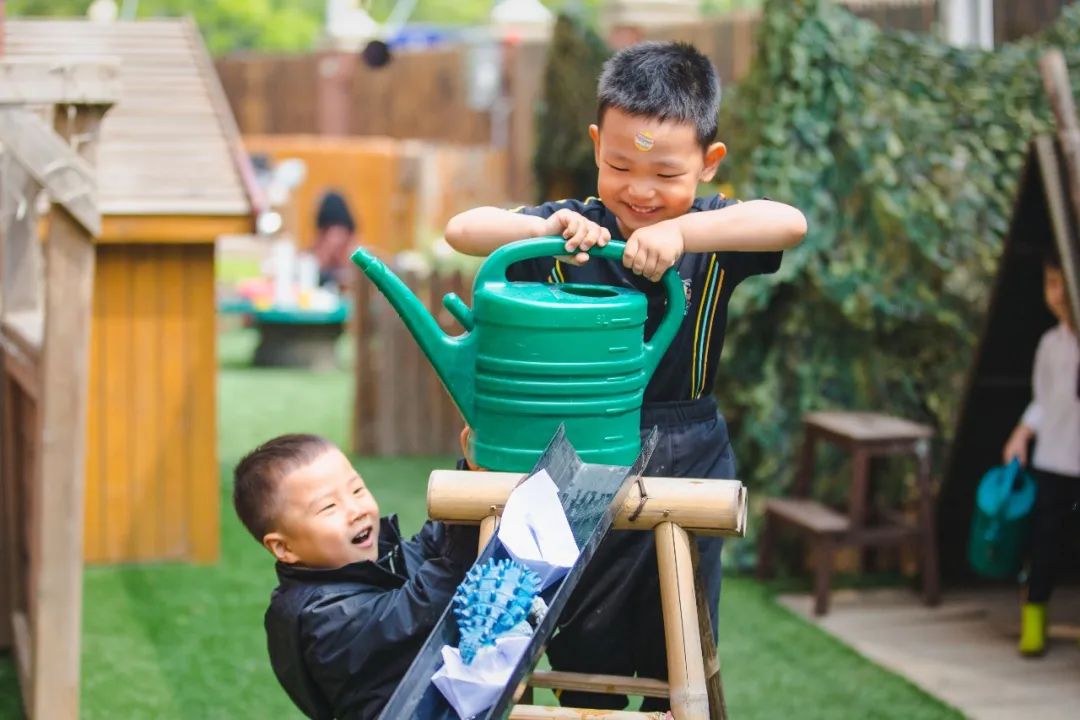
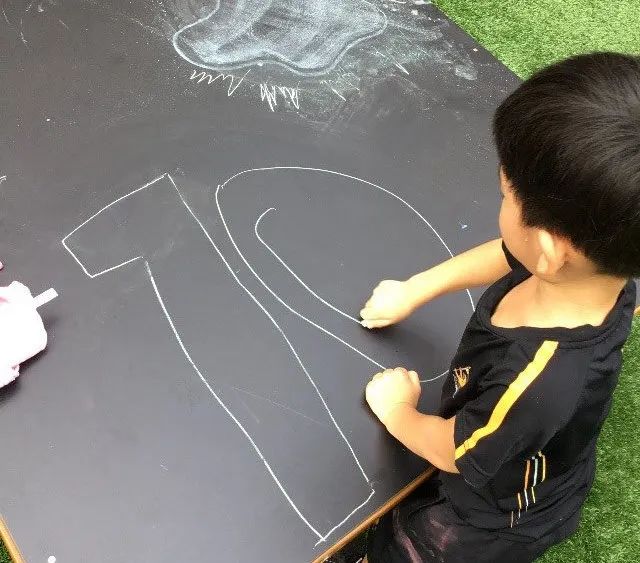
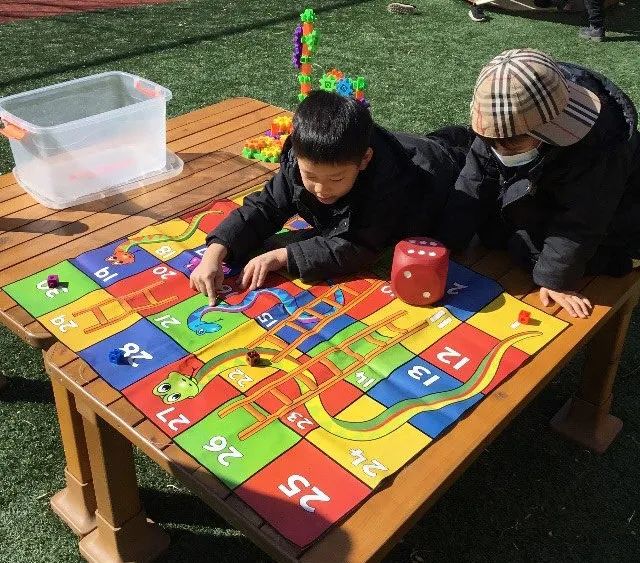
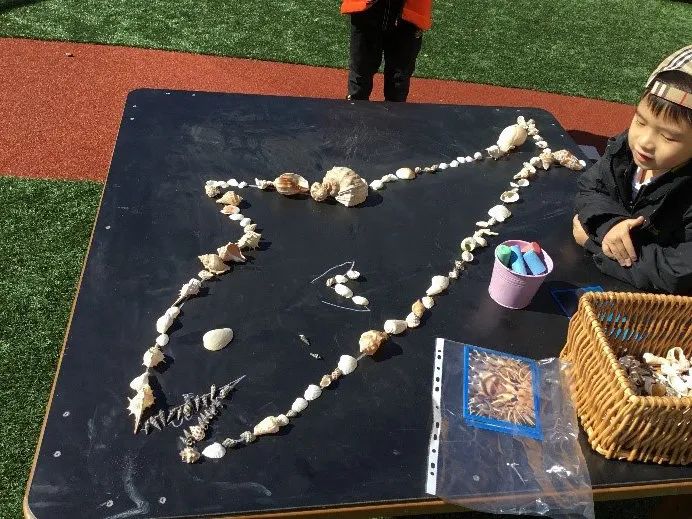
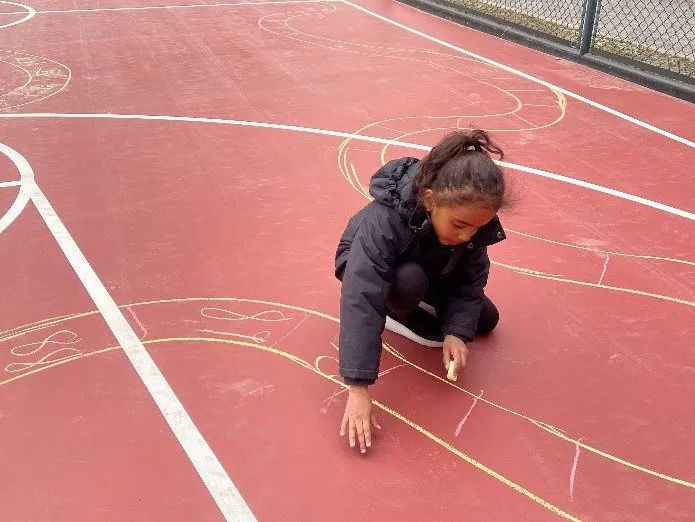
Investigations at Home
As parents, you can always support maths learning at home through conversations. For example, talking about what is happening first, second and third when you are cooking, spotting numbers on number plates or road signs when you are driving, making a shopping list with things you want to buy, talking about the price with your children when you go to the supermarket, discussing the time the clock says and the time you have to get ready when you need to go out with your children.
Mathematics Learning is Everyday and Everywhere!

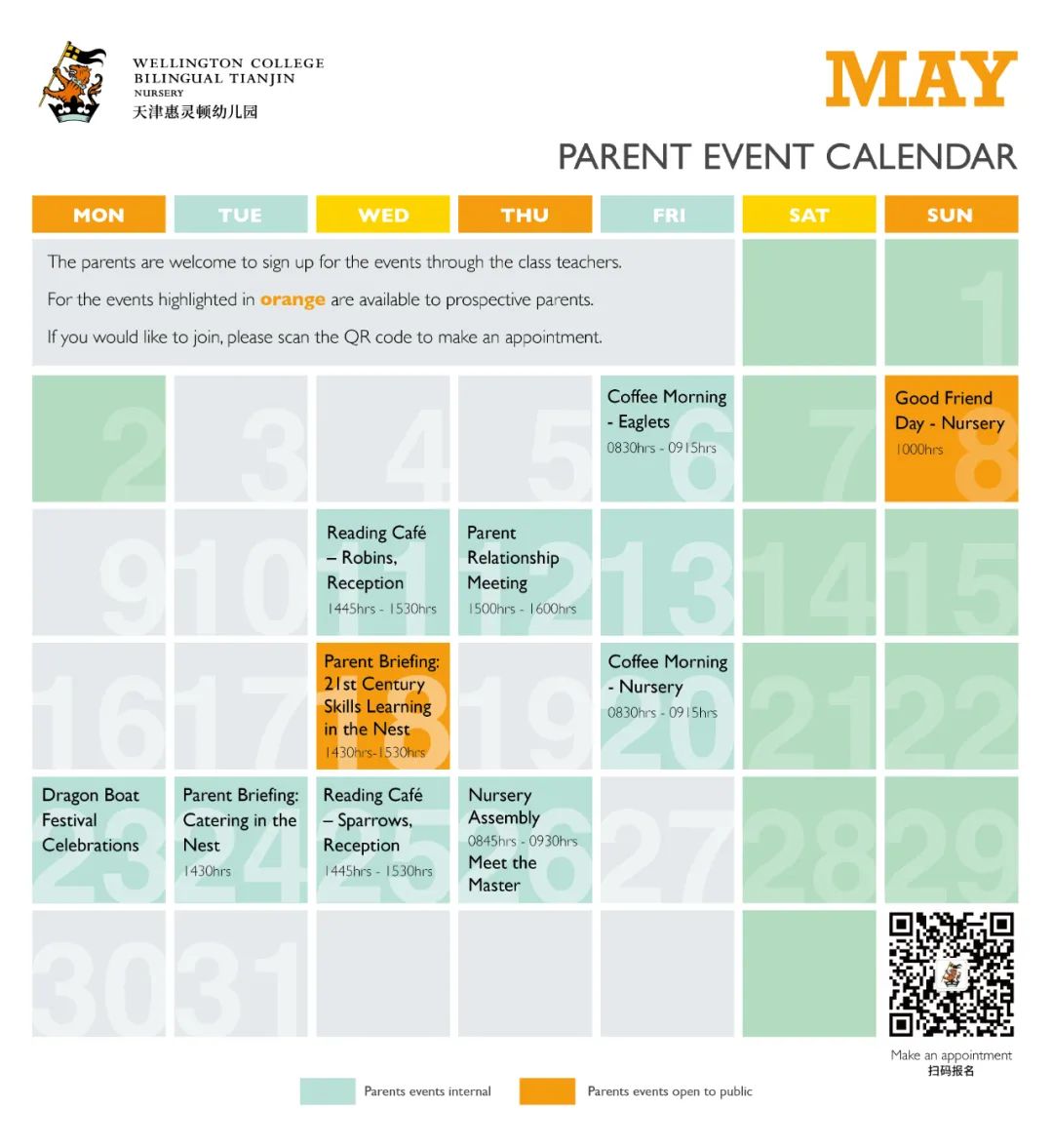
Related Articles








 Channel
Channel 
 Linkedin
Linkedin  Weibo
Weibo  Facebook
Facebook  Ins
Ins 


